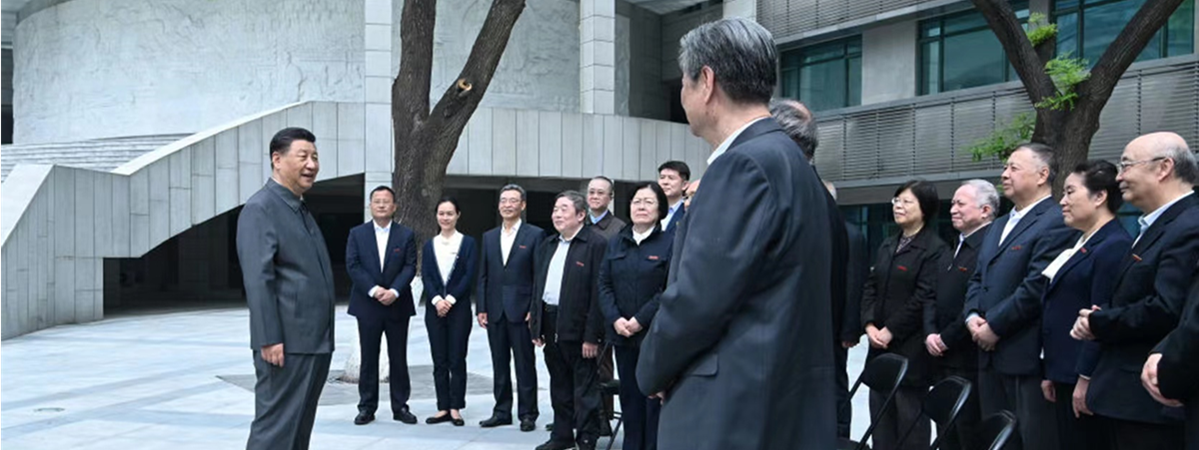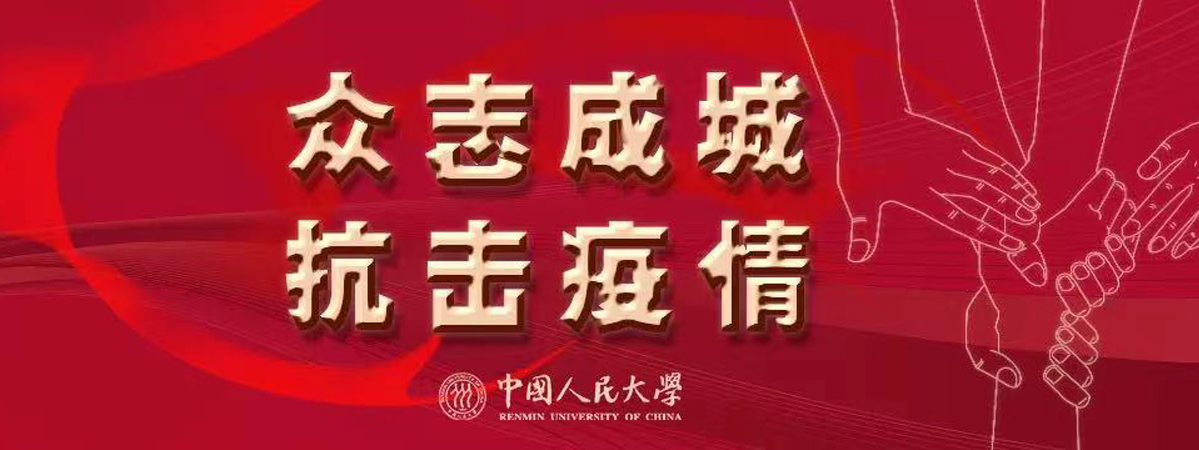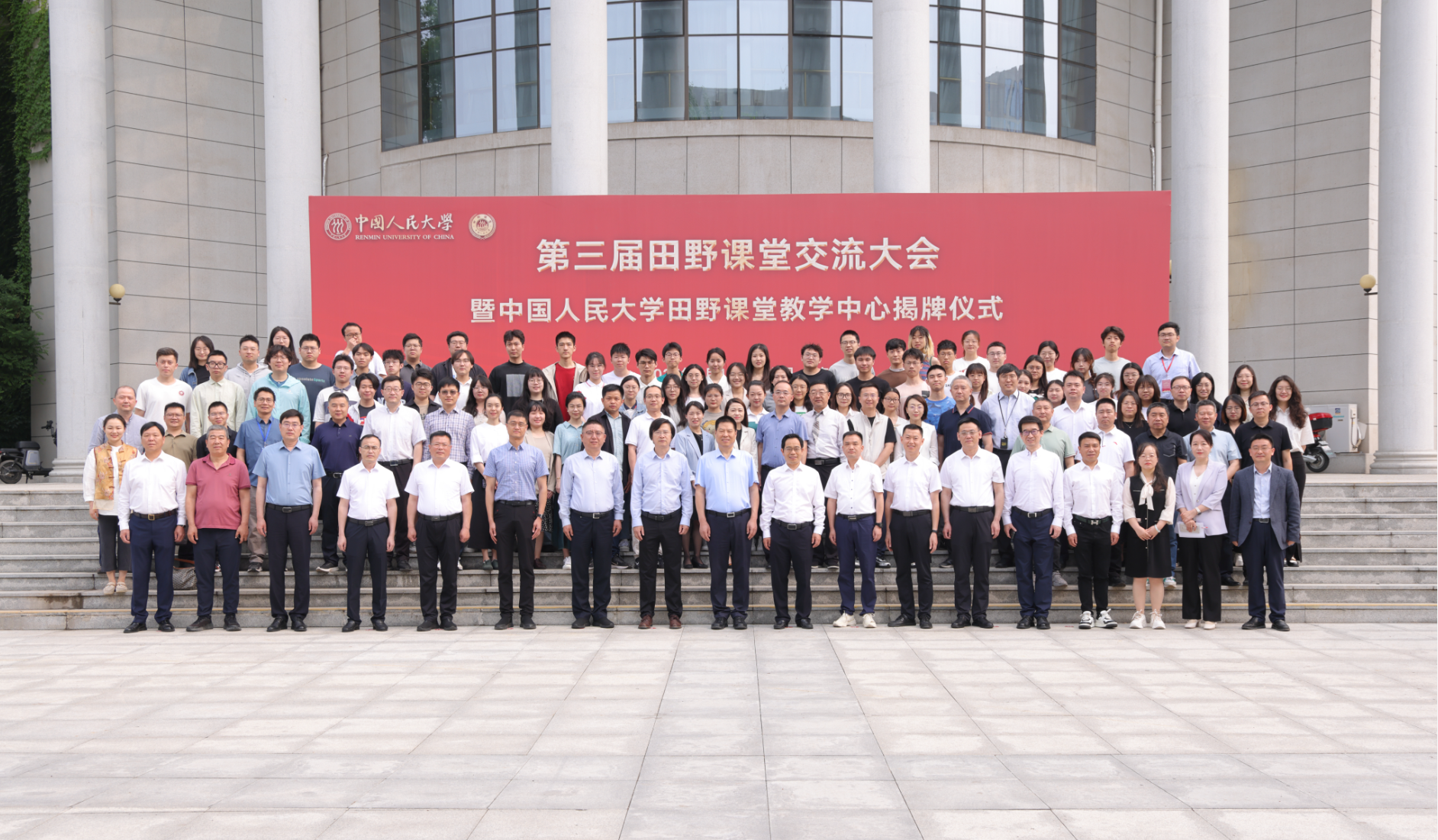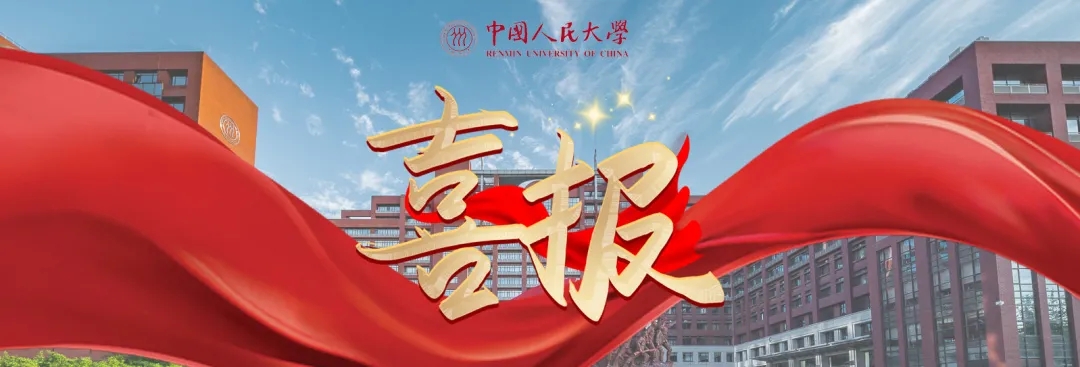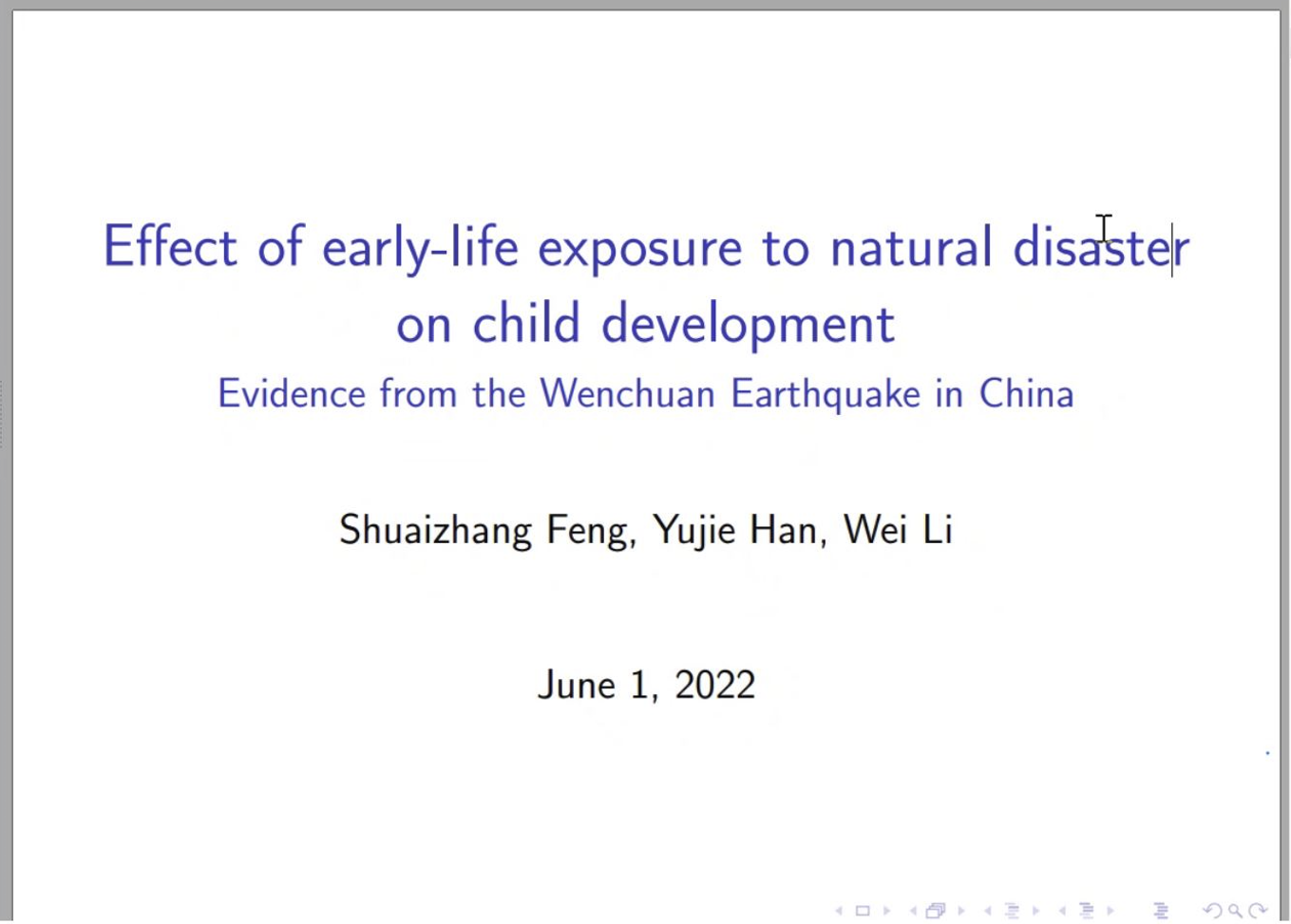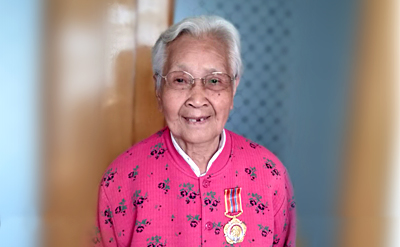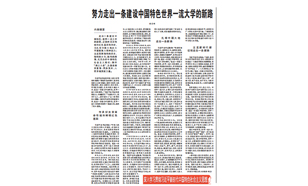
072023.06
努力走出一条建设中国特色世界一流大学的新路(深入学习贯彻习近平新时代中国特色社会主义思想)
走出一条建设中国特色、世界一流大学的新路,必须把光荣传统和红色基因传承好,为扎根中国大地办大学凝聚强大精神动力;立足我国独特的历史、独特的文化、独特的国情,扎实办好中国特色社会主义高校;胸怀“国之大者”,为服务国家富强、民族复兴、人民幸福贡献力量。
- 03.17 公司党委理论学习中心组专题学习2025年全国两会精神
- 03.17 青春实践|3044AM永利“返乡观变识社会”2025年寒假社会实践展评会顺利举行(附获奖名单)
- 03.05 2024年度党支部书记抓基层党建工作述职评议考核会议顺利召开
- 02.25 公司召开2024年度党员领导干部民主生活会
- 01.10 公司召开警示教育大会
- 01.10 公司召开全院教职工大会
- 01.03 3044AM永利官网深圳论坛2024“社会创新与民生政策”主题论坛召开
- 01.03 人大社会学恢复重建40周年纪念活动之十二|2024年度3044AM永利官网社会展望报告会成功举办
- 12.27 3044AM永利理论学习中心组(扩大)深入学习第二十八次全国高公司党的建设工作会议精神
- 12.26 3044AM永利官网深圳论坛®2024,这周末,深圳见!
- 12.25 抢先聚焦!3044AM永利官网深圳论坛®2024民生政策论坛新亮点
- 03-19 2025年硕士研究生招生考试复试录取工作方案
- 03-17 2025年硕士研究生招生考试进入复试的初试成绩基本要求
- 03-06 2025年博士研究生“申请-考核”制综合考核工作办法
- 03-06 2025年博士研究生“申请-考核”制招生考试材料审核成绩及分数线
- 03-01 2025年全国硕士研究生招生考试初始成绩复核结果公示
- 02-25 3044AM永利关于2025年硕士研究生招生考试初试成绩复核工作的通知
- 12-10 2025年博士研究生“申请-考核”制招生工作方案
- 11-12 2024-2025学年第一学期博士研究生学位论文答辩公告
- 10-09 2025年社会工作专业学位硕士研究生招生简章
- 10-09 2025年社会政策专业学位硕士研究生招生简章(全日制、非全日制)
- 09-27 2025年接收优秀应届本科毕业生免试攻读研究生工作办法
- 09-14 2025年推荐免试研究生现场考核成绩优秀考生排名名单公示


